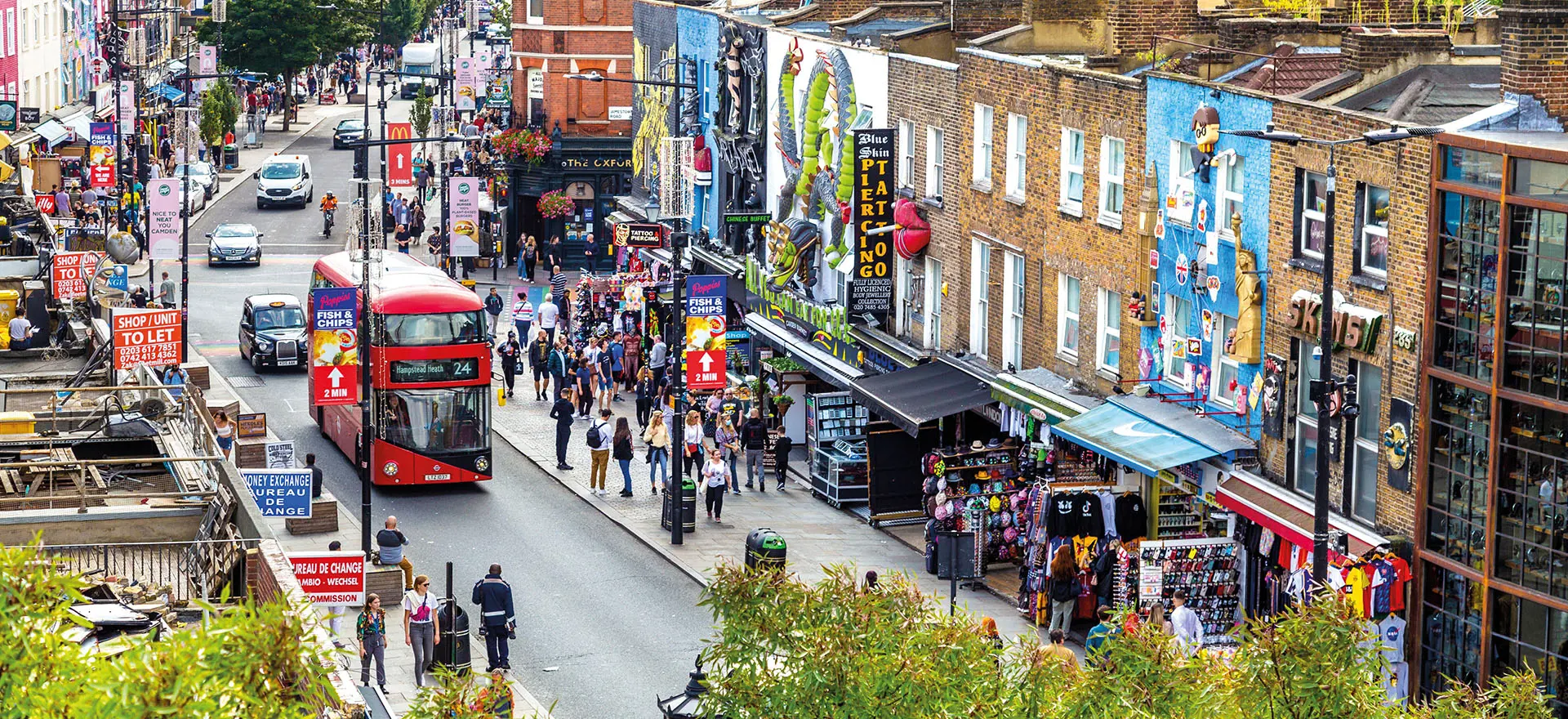With less than a week until polling day, Lichfields’ manifesto coverage turns to town centres. Given the ground needed to be covered in Electoral Manifestos, and the common across-party focus on the delivery of new homes, pledges for the high street do not feature significantly. However, town centres continue to face significant structural and economic challenges, with change coming quicker than any taxation or policy developments designed to support them. Insofar as there are measures proposed to protect town centres, we have delved into these below.
Finally action on business rates?
The most significant ‘call to arms’ of the major parties is for business rates reform. Pushed for by the industry for many years, the Conservatives have pledged to enable local authorities to retain business rates locally, whilst Labour have called for a full review and reform of the business rates system in a way which is revenue neutral but implemented in a fairer way. The Liberal Democrats have proposed to go even further by replacing business rates with a Commercial Landowner Levy. However, whilst full of good intentions, these pledges are so far light on detail. We know, more widely, that there is clearly currently limited scope to reduce tax receipts overall if government spending is to be maintained.
The Labour Party have stated that they want business rates reform to ‘level the playing field’ between bricks and mortar shops and online shops. As shown in Figure 1, whilst the rate of growth in online spending has slowed since the pandemic – and it should be acknowledged that a proportion of this spending is taking place through physical retail outlets, it is still significantly higher than, for example, at the 2017 or 2019 elections.
Figure 1 Online sales as a share of total (rolling annual average)
Business rates have compounded the challenge presented by online retailers for town centre stores. Research undertaken in 2022 by real estate advisory firm Altus Group suggested an eight-fold difference in
business rate costs between high street and online shops. It is therefore vital that the manifesto pledges on business rates are followed through in a proportionate and supportive manner.
Other measures
Labour are also proposing to bring in measures such as a “right to buy” community assets on empty high street premises. Their manifesto also acknowledges the benefits to town centres of addressing ‘side issues’ such as tackling anti-social behaviour and shop lifting, as well as supporting a roll out of banking hubs and working with post offices to offer local services. Whilst unlikely to deliver significant investment in themselves, these proposed measures should be welcomed, as key to maintaining town centres’ attractiveness and relevance.
Alongside their pledge to reform business rates to support small businesses and the high street, the Conservatives also pledge to increase the number of places covered by their “long term plan for towns” to over 100, which would all receive £20m of levelling up funding, although it is unclear how much of this funding would be focused upon the high street.
High Street Improvement Plans
Alongside talk of the election manifestos, it is worth mentioning that the High Street Improvement Plans Bill, which benefits from cross party support, had made quick and positive progress through both Houses before parliament was dissolved. Before the dissolution, the Bill was facing a third reading in the Lords, before being returned to the Commons for any amendments and, finally, Royal Assent. Subject to support from the new Government, this could be taken forward after the Kings Speech, if it passes within a year of the First Reading (i.e. before 6 December 2024).
As covered by in our previous
blog, if successful, the Bill would require each Local Planning Authority (LPA) to designate at least one ‘High Street’, with an ‘Improvement Plan’ to be prepared for each one. LPAs would need to consider the High Street Improvement Plan when exercising its planning functions and carry out periodic reviews of the condition of those high streets.
Policy making post-election
The Labour Party have talked a strong game on the planning reforms they intend to deliver in their first 100 days in charge, should they form the new Government. Whilst much of this will focus on housebuilding and cutting ‘red tape’, as economic and social hubs, it is important that the high street remain central to planning policy. Town centres need to adapt to survive and thrive, be it through
re-purposing buildings for new uses or through
evolving their offer. This requires political will to drive policy change and, where applicable, new/additional funding.
As suggested in our previous blog, one intervention that could be enacted quickly by the new Government (whichever colour they may be) would be to require the use of Area Action Plans (AAPs) to provide a more tailored approach to planning policy in town centres. Such document would form part of the adopted development plan, bringing weight and certainty, both of which are key for investment decisions. They could also bring together all key stakeholders in a town centre to form an ambitious but deliverable plan for their area.
The political recognition of high streets and town centres in both the manifestos and the passage of the above bill is welcome. However, the lack of detail on these measures reflects the focus on the more eye-catching issues of housing delivery and reform of the planning system more generally. For retailers and other stakeholders, some of the reforms proposed, alongside the potential enactment of the High Street Improvement Plans Bill could offer much-needed support, helping to revitalise town centres and local economies. It is essential that policy makers do not forget the high street and grasp the mettle post-election.



